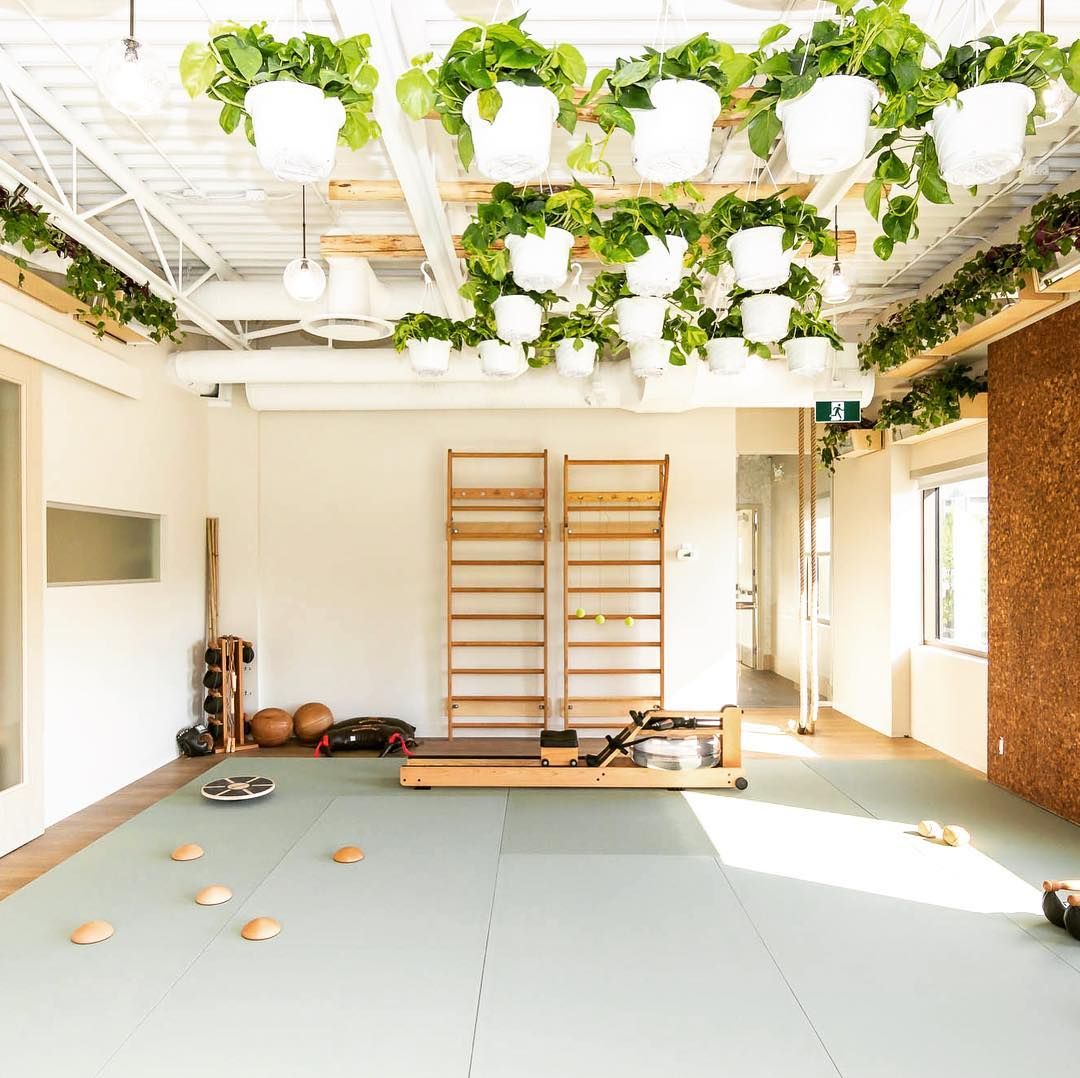“This year I will go to the gym”.
Here is the most popular among the good resolutions for the new year!
Training improves the body and soul, relieves stress and eliminates ailments, we know this, but have you ever thought that it could also help the environment?
The Eco Gyms are an expanding reality all over the world, which allows you to literally create energy while trainning. If traditional gyms are the embodiment of consumption, with perennial neon lights, constantly buzzing air conditioning, rows of lit screens and loud motivational music, Eco Gyms are an oasis of sustainable fitness, where every exercise is at zero impact.
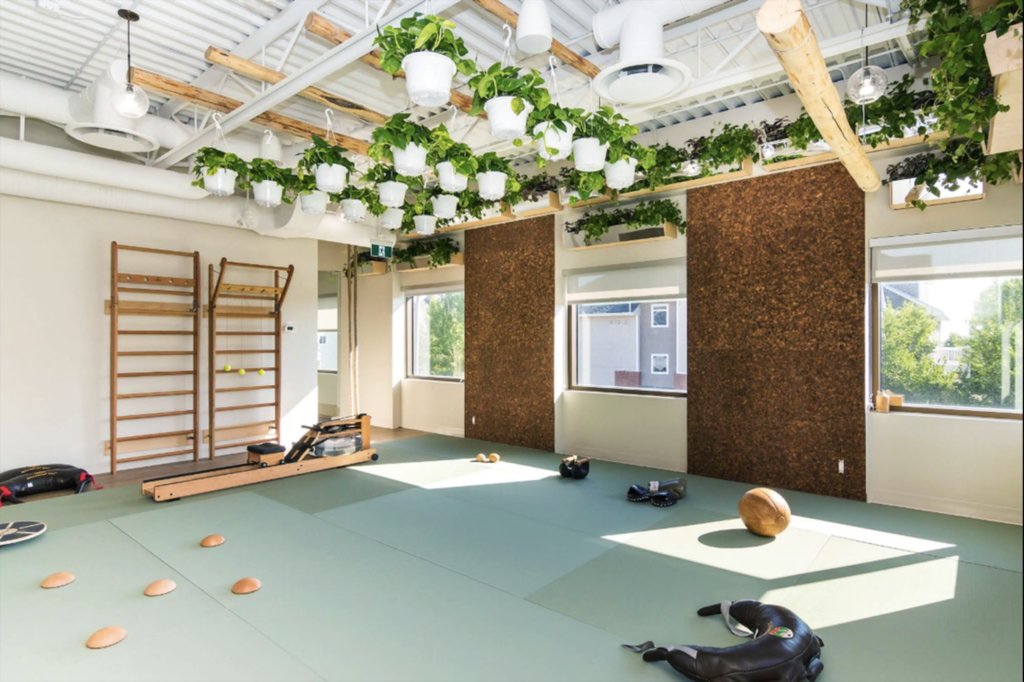
To explain how this green prodigy of the modern era works, there is no better example than the case of Adam Boesel, founder of The Green Microgym, who in 2008, in Oregon, opened, not without difficulty, the first ecological gym in the world. . Adam’s challenge was to get as close as possible to energy self-sufficiency, exclusively through the training of his own clients. After turning to giants in the sector, without obtaining a satisfactory solution, he decided to create his own spin bike, capable of converting movement into electricity simply by connecting to a power outlet.
The idea of sustainable gyms is based on this “simple” biomechanical intuition, structures in which steppers, exercise bikes and treadmills are capable of converting kinetic energy, hence movement, into clean energy. Today, The Green Microgym is an established reality that helps other gyms go green by providing the right equipment, and Adam’s Spin bike is a global success.
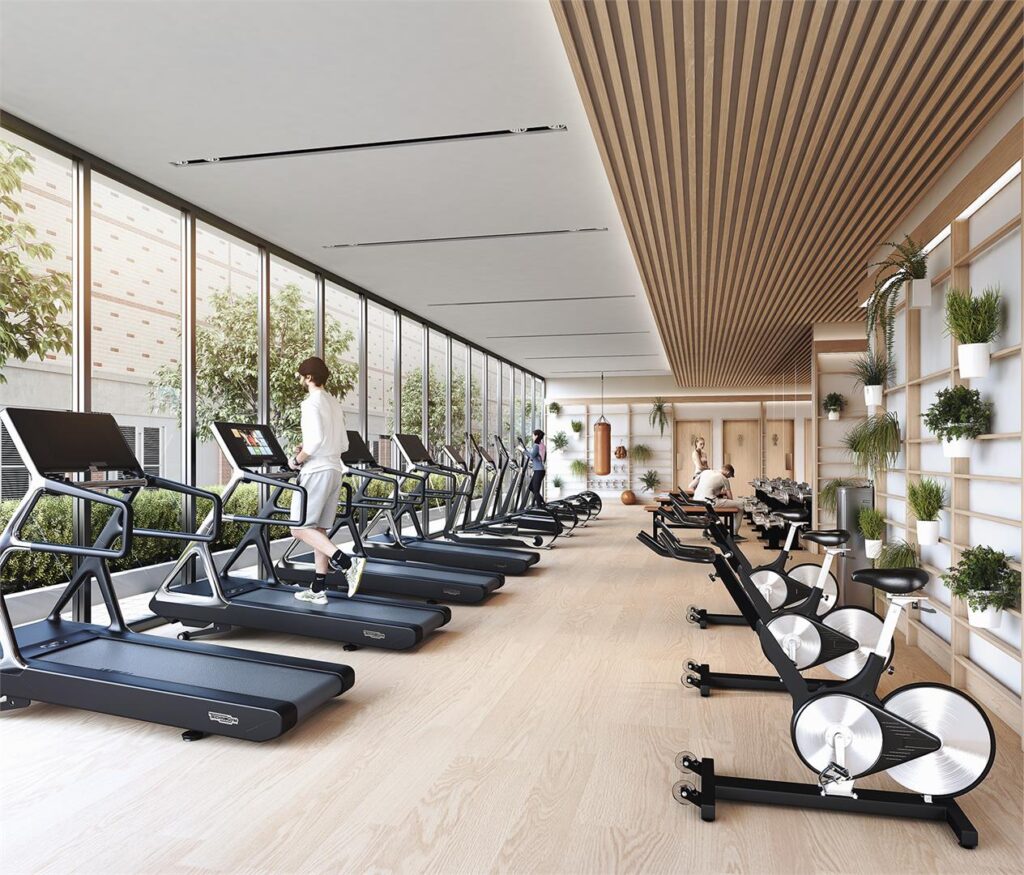
Green machinery is the subject of increasing investment by leading sports supply companies such as Technogym, while others, such as SportsArt, have made it their core business.
To give you an idea of the positive impact that switching to the green would bring, consider that a simple 1 hour workout converts to more than 200 watts of electricity, and that a 20 person spin class translates into an amount of energy. enough to be able to recharge a couple of mobile phones for the period of a whole year. In addition, the benefits also extend to management costs: it has been estimated that eco-friendly equipment can cover as much as 80% of the energy needs of a gym, guaranteeing the needs for lighting, operation of machinery and heating.
But, like everything related to the eco-sustainable reality, the transition from traditional gyms to ecological ones proceeds in fits and starts.
There are 184 thousand gyms around the world, and of these less than 1% are green.
But let’s look at the glass half full! Among the numerous virtuous examples, the Terra Hale project stands out, which with its 3 eco gyms in the English capital is gradually changing London’s approach to fitness. Here, not only the effort of the members is measured in watts rather than calories, but the entire environment is designed to put the principle of sustainability at the center: the walls are made of recycled wood, the floor is made of reconverted rubber, and even the towels, offered to each member, they are biodegradable. The eye wants its part, so materials considered “unusual” for a standard gym are instead the first sign of newness for the customer. The presence of plants falling from the ceiling, wooden surfaces and natural-looking lights give an immediate sense of peace and purity.
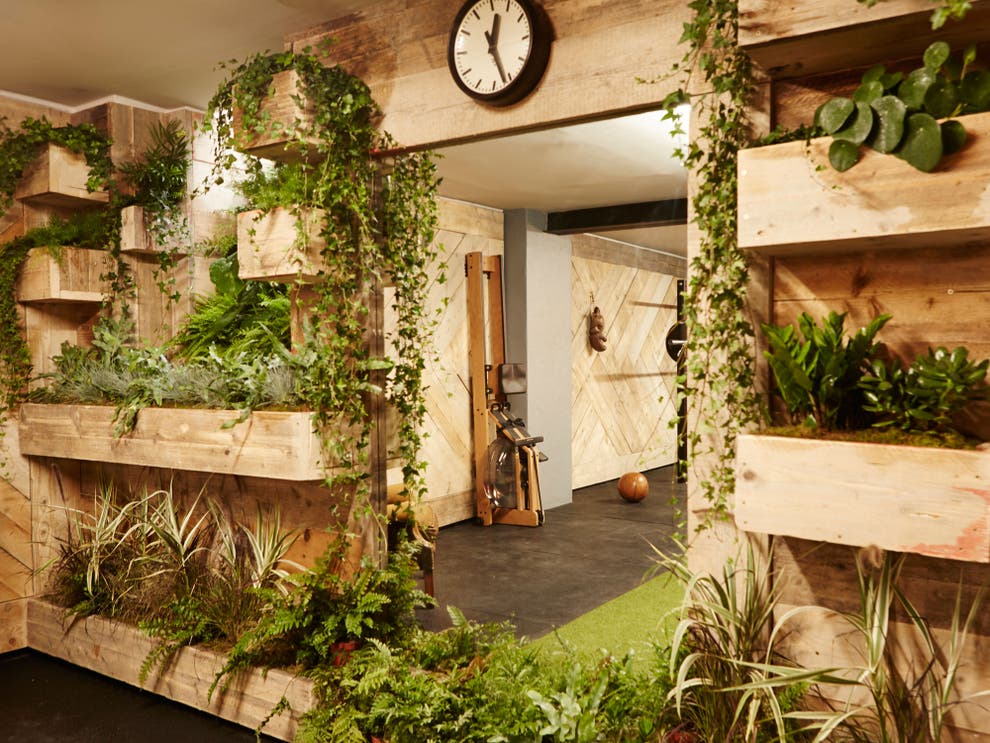
Biofit, an interior design start-up based in England, offers a unique approach in the sector, designing gyms focused on biophilic furniture. The locations studied by the collective of designers and architects are always equipped with purified air, healthy materials and natural aromatherapy, without neglecting the furnishings, which often recall uncontaminated woods and forests. A dream, isn’t it?
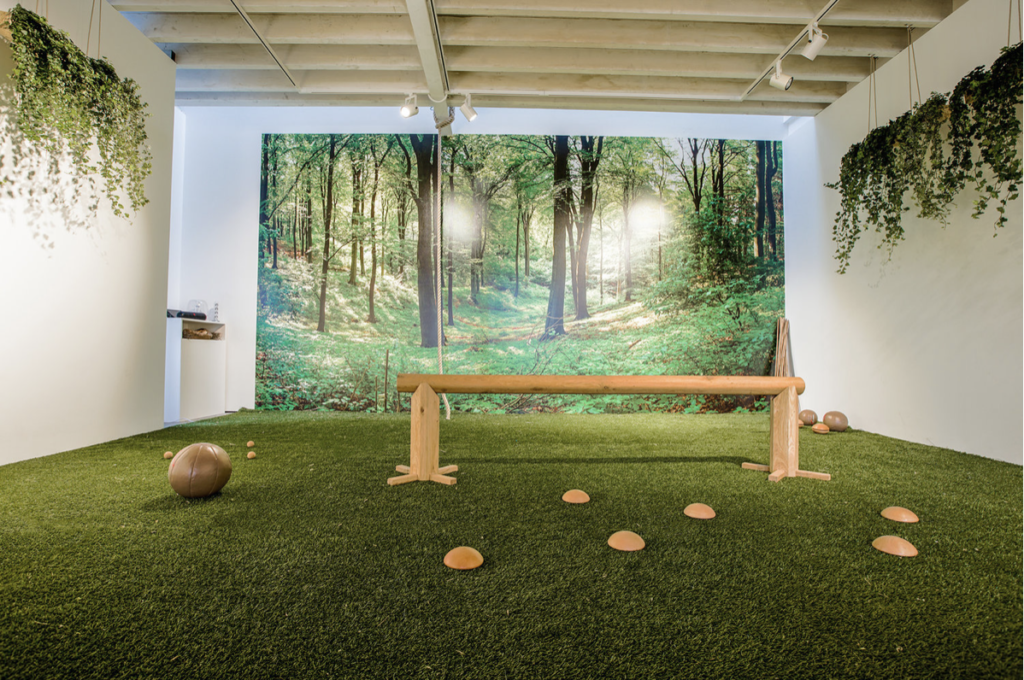
Whether they are convinced ecologists or not, for users, taking advantage of a totally eco-friendly gym makes the difference. Being able to see how many watts their training has generated is an additional incentive to commit to their physical fitness, a tangible and direct demonstration of the efforts made by running or cycling. For this reason, gyms today are more interested in sustainability, not only from the point of view of costs, but also and above all in the demand of emerging consumers.
Millennial customers, notoriously more sensitive to environmental issues, are even willing to pay a little more to join a club that limits its footprint on the environment. A 2019 statistic, reported by SportsArt, states that 63% of users prefer to train in gyms that offer eco-friendly equipment. As we cross the Atlantic, we discover that the largest fitness chains in the US are beginning to immerse themselves in a greener reality. Both Planet Fitness, with 1,400 locations in the United States, and 24 Hour Fitness, which has more than 4 million members, recently partnered with ENGIE Impact to reduce their pollutant emissions.

Certainly is that the road will be long to make the entire sports sector green, and that for a change of this magnitude, state incentives and conventions cannot be ignored.
But the question rises spontaneously, for each gym converted to zero impact, where will the discarded sports equipment go?
On this point, Japan has optimized a system, tested and applied for years: the Sports-Eco network, to date replaced by groups of volunteers without initials, has recycled obsolete sports equipment for years, allocating it to the Global Sport Alliance for progress of sport in developing countries or, in the impossibility of reuse, donating them to the RECYCL’art project, thus making them become real objects of contemporary art.
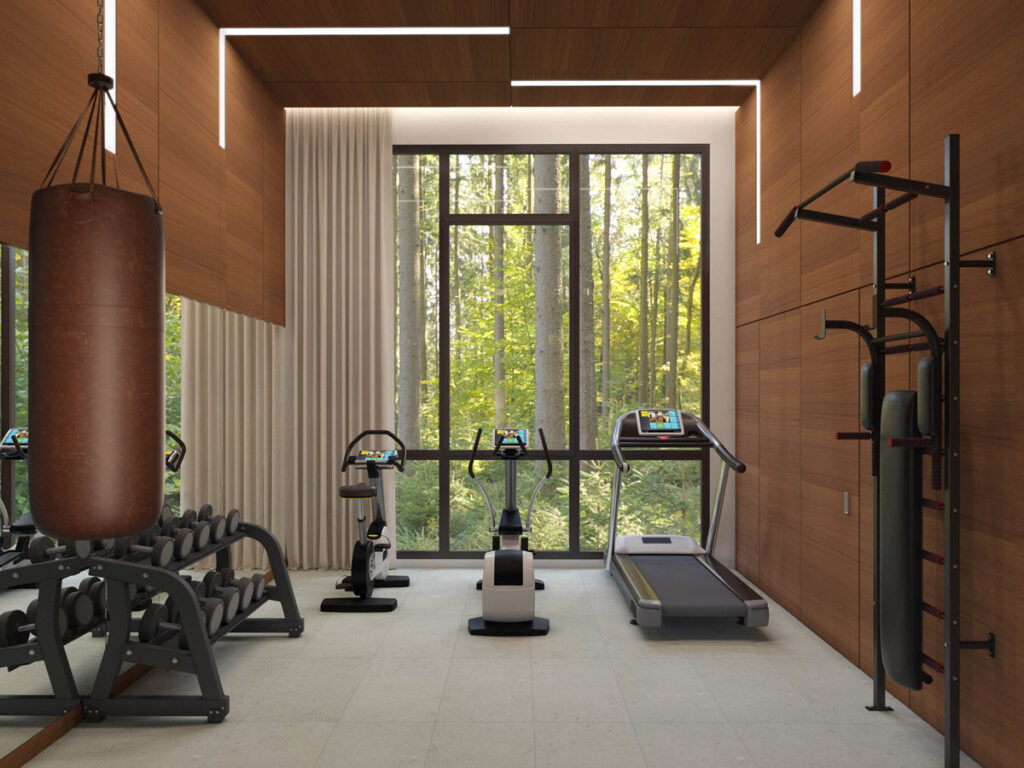
The era of conscious and accessible fitness is therefore not that far off, and we should all hope that more and more companies, large or small, invest with conviction in this challenge. What can our contribution be? The support, preferring structures that even minimally make an effort in the Eco direction.
2021 is upon us, find your Eco gym and sign up, respecting good intentions has never been so green!


